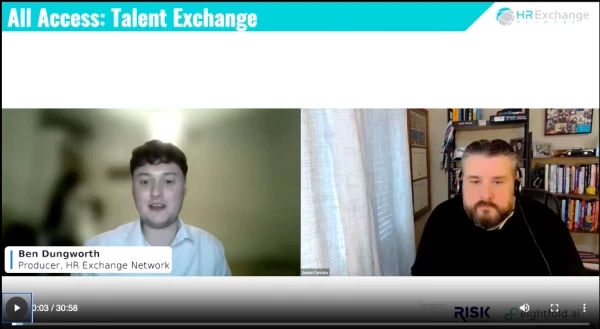The Key to Hourly Recruiting: Community Involvement
Add bookmark
Now that the worst of the Coronavirus pandemic is hopefully behind us, the economy is back, and analysts say that the market has the potential to be better than if COVID never happened.
One of the benefits of a strong comeback is the need for a strong hourly, frontline workforce; many jobs to be had at all levels of career progression. However, recently restaurants, manufacturing, retail and the rest of the service industry are tripping over themselves to find talent to capitalize on the post-pandemic market.
With so many talented people tackling the recruiting problem in hundreds of companies across the US, why are companies still struggling to find the workforce needed to continue operations? Is there a silver bullet to fixing the labor shortage? Of course not; at least not an easy one for organizations. A recent CNN article highlighting low pay as the reason for this is a reflection of what the market is seeing right now- companies raising pay to try and outdo their competitors and be the employer of choice.
But does that solve the issue if everyone is raising their minimum? No - companies need to look to the next step in their strategic recruiting plan. There is one tactic to talent attraction that most companies get wrong- community presence and involvement.
Companies strive to be a reflection of the communities in which they operate. Even major retailers have a tendency to carry product from their local suppliers all in an attempt to bring in local clientele. Mirroring the nuances of a community gives the customer a feeling that they are seen and that their local retailer or service provider is special to them. Growing up in Buffalo, NY that would show up as national restaurants and grocery stores carrying special buffalo wings in our local establishments.
Shouldn’t the same be the case when recruiting talent? Community involvement and presence allows organizations to more accurately reflect and meet the needs of the community in which it sits. Natural flow of candidates is not enough to properly reflect the markets in which companies operate. HR and talent acquisition need to intervene.
To make this work, the disclaimer here is that companies need to do it authentically and with good intention. Pencil-whipping community involvement will undoubtably result in a failed attempt of connection and relationship building; and the community will feel it.
Community involvement can show up in many different ways, from working with local suppliers to being present at major events within the region, working with local not-for-profits, and finding regional nuances that make the area special (i.e. wine in Napa Valley).
The task here shouldn’t be left in the hands of HR alone. Marketing, operations, HR and other functions should all operate in the mindset of connecting with community for the purposes of customer centricity and talent attraction. Marketing has historically been known as the “community people” and will show up at local events. HR needs to expand and partner on that same strategy. We need to be out there engaging with the community.
The Human Resources function has evolved past an insular, internal department to a more sophisticated function that looks at architecting solutions to the company’s people strategy. Talent Acquisition and HR can take a page out of the DE&I function. DEI has typically been skilled at engaging in the community and the entire People Function needs to follow suit. Our solutions need to get more creative as the problems are getting more complex.
Given the high number of employees needed by companies in America today, no stone can be left unturned. Schools, universities, community organizations, agencies and all third-party options need to be entertained. There are many companies that work with a variety of groups to attract talent and build partnerships with the community. We need to remember that none of these avenues alone are going to solve the talent issue. It’s a collection of them; a portfolio of partnerships to help us get a lens into the community.
In a previous life, I worked with a not-for-profit that focused on formerly incarcerated women, teaching them baking skills to grow their careers. In partnership with one of my former companies, we partnered with the group and gave them access to additional training and jobs in a bakery setting. It was a win-win-win. The not-for-profit was grateful for working with a major company and gained access to additional training resources. The individuals who were part of the program were able to upskill their talents and gain access to jobs in a field they were interested in, while the company received talent with a genuine interest in a field they specialized in.
There are countless examples of how partnerships like these are a benefit to individuals, communities, companies and third-party organizations. There are parts of the workforce in our communities who don’t naturally interact with many companies and it’s our job to figure out ways to engage them as potential customers, potential candidates, and as part of our community.
Partnering with the community is not just good PR; it is good business.
Hear more from Charles at our HR Tech in his session titled "Developing the Skills of Your Workforce to Make the Most of Technology"!
Photo Courtesy of Stock Photo Secrets



























